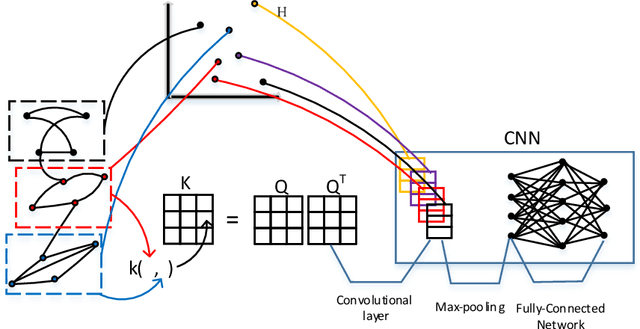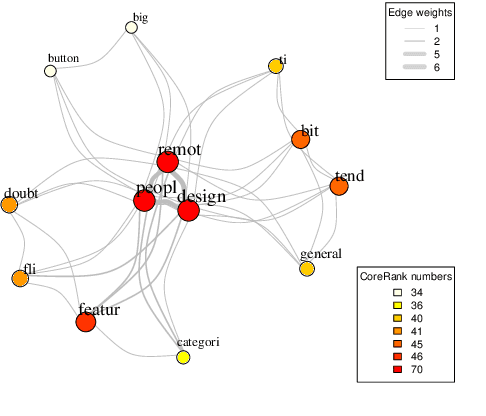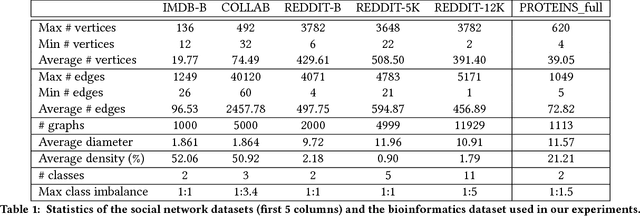Polykarpos Meladianos
École Polytechnique, AUEB
Word Embeddings from Large-Scale Greek Web Content
Oct 26, 2018Abstract:Word embeddings are undoubtedly very useful components in many NLP tasks. In this paper, we present word embeddings and other linguistic resources trained on the largest to date digital Greek language corpus. We also present a live web tool for testing the Greek word embeddings, by offering "analogy", "similarity score" and "most similar words" functions. Through our explorer, one could interact with the Greek word vectors.
Kernel Graph Convolutional Neural Networks
Sep 07, 2018


Abstract:Graph kernels have been successfully applied to many graph classification problems. Typically, a kernel is first designed, and then an SVM classifier is trained based on the features defined implicitly by this kernel. This two-stage approach decouples data representation from learning, which is suboptimal. On the other hand, Convolutional Neural Networks (CNNs) have the capability to learn their own features directly from the raw data during training. Unfortunately, they cannot handle irregular data such as graphs. We address this challenge by using graph kernels to embed meaningful local neighborhoods of the graphs in a continuous vector space. A set of filters is then convolved with these patches, pooled, and the output is then passed to a feedforward network. With limited parameter tuning, our approach outperforms strong baselines on 7 out of 10 benchmark datasets.
Unsupervised Abstractive Meeting Summarization with Multi-Sentence Compression and Budgeted Submodular Maximization
May 14, 2018



Abstract:We introduce a novel graph-based framework for abstractive meeting speech summarization that is fully unsupervised and does not rely on any annotations. Our work combines the strengths of multiple recent approaches while addressing their weaknesses. Moreover, we leverage recent advances in word embeddings and graph degeneracy applied to NLP to take exterior semantic knowledge into account, and to design custom diversity and informativeness measures. Experiments on the AMI and ICSI corpus show that our system improves on the state-of-the-art. Code and data are publicly available, and our system can be interactively tested.
Graph Classification with 2D Convolutional Neural Networks
Feb 12, 2018



Abstract:Graph learning is currently dominated by graph kernels, which, while powerful, suffer some significant limitations. Convolutional Neural Networks (CNNs) offer a very appealing alternative, but processing graphs with CNNs is not trivial. To address this challenge, many sophisticated extensions of CNNs have recently been introduced. In this paper, we reverse the problem: rather than proposing yet another graph CNN model, we introduce a novel way to represent graphs as multi-channel image-like structures that allows them to be handled by vanilla 2D CNNs. Experiments reveal that our method is more accurate than state-of-the-art graph kernels and graph CNNs on 4 out of 6 real-world datasets (with and without continuous node attributes), and close elsewhere. Our approach is also preferable to graph kernels in terms of time complexity. Code and data are publicly available.
 Add to Chrome
Add to Chrome Add to Firefox
Add to Firefox Add to Edge
Add to Edge